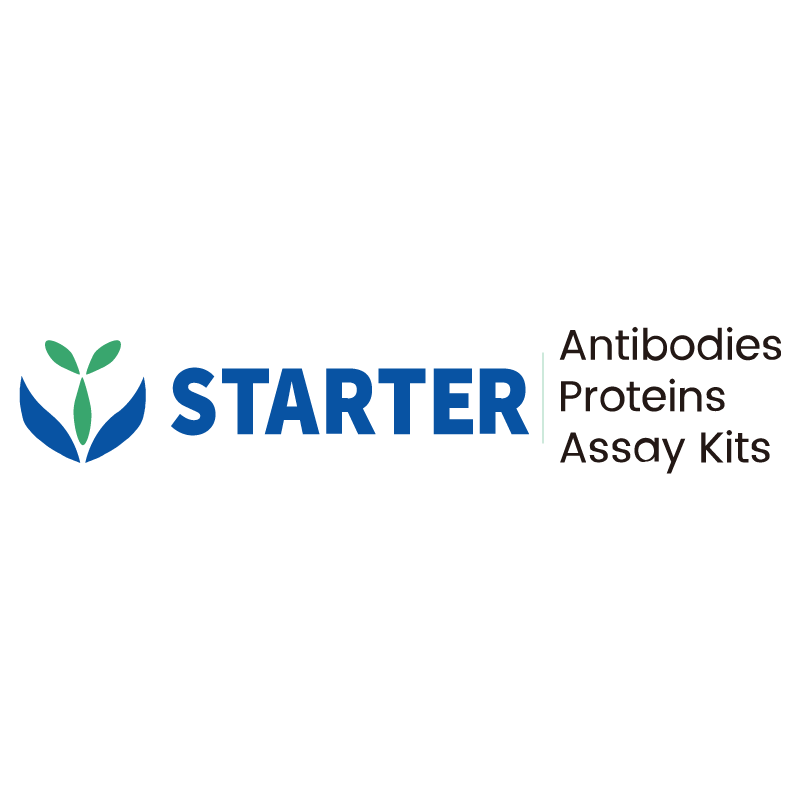WB result of CXCL10/IP-10 Recombinant Rabbit mAb
Primary antibody: CXCL10/IP-10 Recombinant Rabbit mAb at 1/1000 dilution
Lane 1: untreated THP-1 whole cell lysate 20 µg
Lane 2: THP-1 treated with 100 ng/ml PMA for 24 hours, then 10 pg/ml LPS for 24 hours and 20 ng/ml IFN-γ for 24 hours, and 300 ng/ml Brefeldin A for the last 4 hours whole cell lysate 20 µg
Secondary antibody: Goat Anti-rabbit IgG, (H+L), HRP conjugated at 1/10000 dilution
Predicted MW: 11 kDa
Observed MW: 12 kDa
Product Details
Product Details
Product Specification
| Host | Rabbit |
| Antigen | CXCL10/IP-10 |
| Synonyms | C-X-C motif chemokine 10; 10 kDa interferon gamma-induced protein (Gamma-IP10; IP-10); Small-inducible cytokine B10; INP10; SCYB10 |
| Immunogen | Recombinant Protein |
| Location | Secreted |
| Accession | P02778 |
| Clone Number | S-1910-59 |
| Antibody Type | Recombinant mAb |
| Isotype | IgG |
| Application | WB |
| Reactivity | Hu |
| Purification | Protein A |
| Concentration | 0.5 mg/ml |
| Conjugation | Unconjugated |
| Physical Appearance | Liquid |
| Storage Buffer | PBS, 40% Glycerol, 0.05% BSA, 0.03% Proclin 300 |
| Stability & Storage | 12 months from date of receipt / reconstitution, -20 °C as supplied |
Dilution
| application | dilution | species |
| WB | 1:1000 | Hu |
Background
CXCL10, also known as interferon γ-induced protein 10 kDa (IP-10), is a cytokine belonging to the CXC chemokine family. It exerts its biological effects by binding to the CXCR3 receptor, which is predominantly expressed on activated T cells, B cells, natural killer (NK) cells, dendritic cells, and macrophages. CXCL10 is a pleiotropic molecule with diverse functions, including promoting the chemotaxis of CXCR3+ cells, inducing apoptosis, regulating cell growth and proliferation, and modulating angiogenesis in infectious, inflammatory, and cancerous conditions. It is secreted by various cell types, such as leukocytes, epithelial cells, and fibroblasts, in response to IFN-γ stimulation. The CXCL10 gene was first isolated in 1985 and encodes a 12 kDa protein with two internal disulfide cross-bridges. Its expression levels are associated with immune responses, tissue damage, and tumor formation, making it a significant factor in both innate and adaptive immunity.
Picture
Picture
Western Blot


